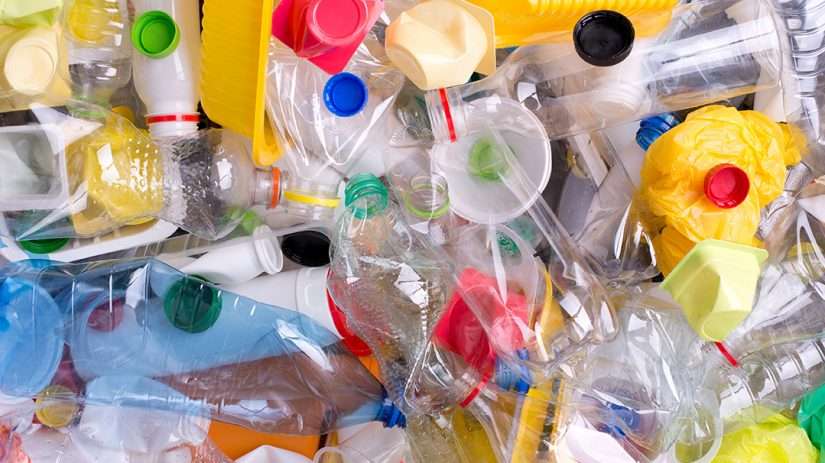Today about 50% of Russian and 50-60% of the world’s deposits belong to deposits that are hard to produce reserves from. Scientists of Perm Polytechnic and Curtin University (Perth, Australia) have developed a technology to assess the potential of oil reservoirs with fractures – natural “arteries” through which hydrocarbons flow. The technique will be able to quickly and inexpensively determine fracture parameters for effective oil production from low-permeability reservoirs. The results of the study were published by scientists in the journal Petroleum Research.
- Now the development of wells with natural fractures is quite difficult. They have a double porous structure, which includes a low-permeability matrix and a high-permeability fracture. Oil fluids flow through these “arteries,” and well performance depends on the permeability of the fractures. Due to the fall of pressure in the formation they can close, and then it will be difficult to produce oil. That is why we suggested a methodology, which will help control the state of fractures in a timely manner, – says Dmitry Martyushev, associate professor of the Oil and Gas Technology Department of Perm Polytechnic University, PhD in technical sciences.
Evaluation of oil reservoirs with natural fractures is actual for carbonate deposits in Russia and in the world. Today, oil and gas companies use expensive equipment for this purpose, which is not suitable for every well. Often it requires stopping the oil production, which is detrimental to the company. In addition, existing technologies don’t always allow to get quality results due to the technical features of the field, and analysis is time-consuming.

Location of Logovskoye field and drilled wells in the carbonate reservoir
The technology of Perm Polytechnic scientists will help to quickly assess a wider range of fracture opening parameters. According to them, the method will not require expensive direct investigation of wells and in future will make it possible to increase oil and gas production. This will be achieved through the selection of the most effective geological and technical measures.
- Our methodology is based on the processing of hydrodynamic well survey data and field parameters using a special algorithm consisting of mathematical formulas. We compared the results obtained with direct measurements of rock samples and geophysical data. The algorithm showed an error within the range of 3%, which indicates the reliability and accuracy of the method,” explains the scientist.
At the moment the technology is being tested and adapted to different geological and physical conditions of Perm Krai and Australian fields. According to the researchers, the geological structure of carbonate deposits in these territories is similar, this is why foreign scientists have shown interest in their methods. In the future, the developers plan to create a software product based on the method to automate the monitoring process.





